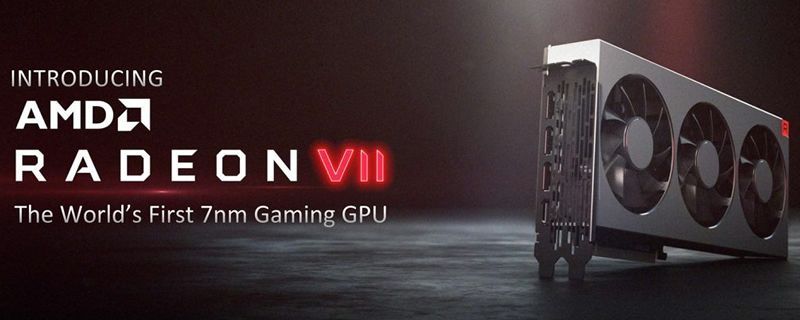AMD states that all its current DX12 graphics cards are compatible with ray tracing through the ‘DXR Fallback Layer’, which emulates the technology in graphics cards that do not have this compatibility.
As far as we know, the only GPU that supports DXR fallback layer is the NVIDIA Titan V, which explains why this particular GPU was able to run Battlefield V with DXR enabled.
AMD claims that all its current DX12 graphics cards support ray tracing via DXR fallback layers, but it is not currently enabled.
The reason AMD doesn’t promote the use of ray tracing via the DXR fallback layer is because the performance is very low.
Allegedly the performance seems to be insufficient due to this “emulation/software” method. This might explain why AMD did not enable ray tracing in real time on its drivers, as its GPUs currently lack hardware components that can speed up ray tracing calculations. It is assumed that activating emulated ray tracing on an RX 480 diagram would result in single-digit frame rates, so it’s not worth the effort.
Summarizing, AMD’s DX12 GPUs can theoretically support ray tracing in real time, but it’s likely that in the near future we won’t see the red team adding support, or at least until AMD releases GPUs capable of running games at reasonable prices.
It’s possible that the next generation of AMD Navi graphics cards, if you have everything you need to perform ray tracing, is reasonable frame rates, while Nvidia still has the advantage in this area.
